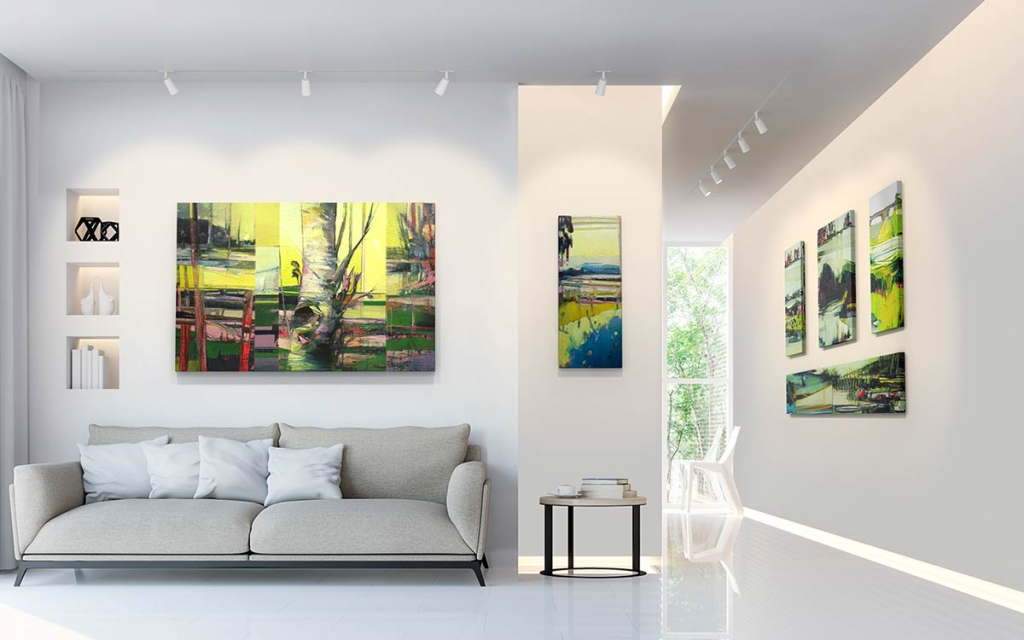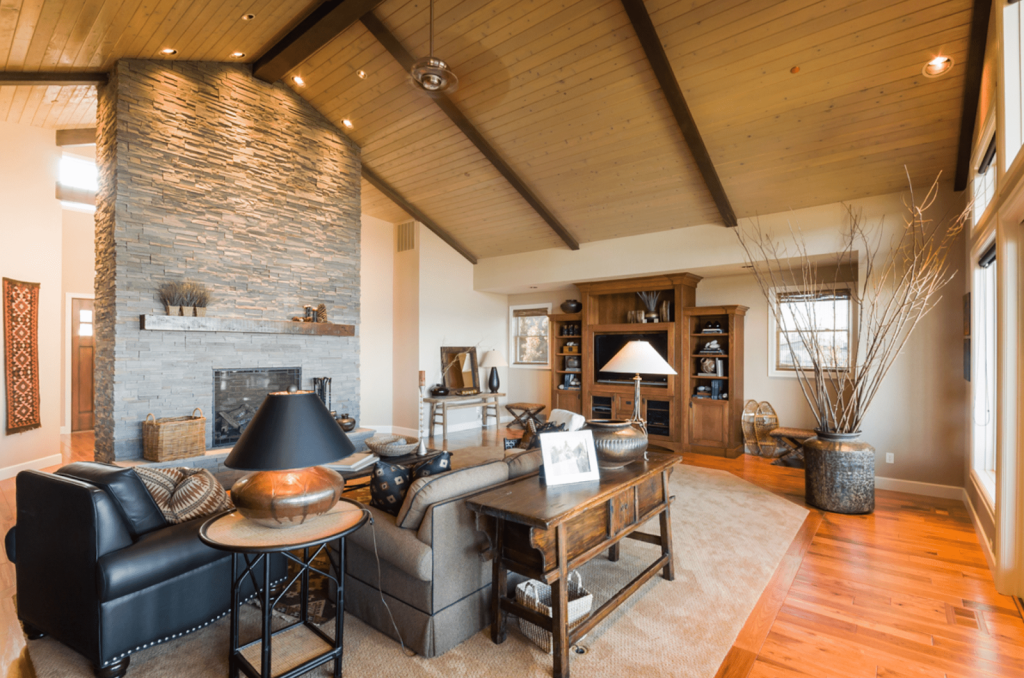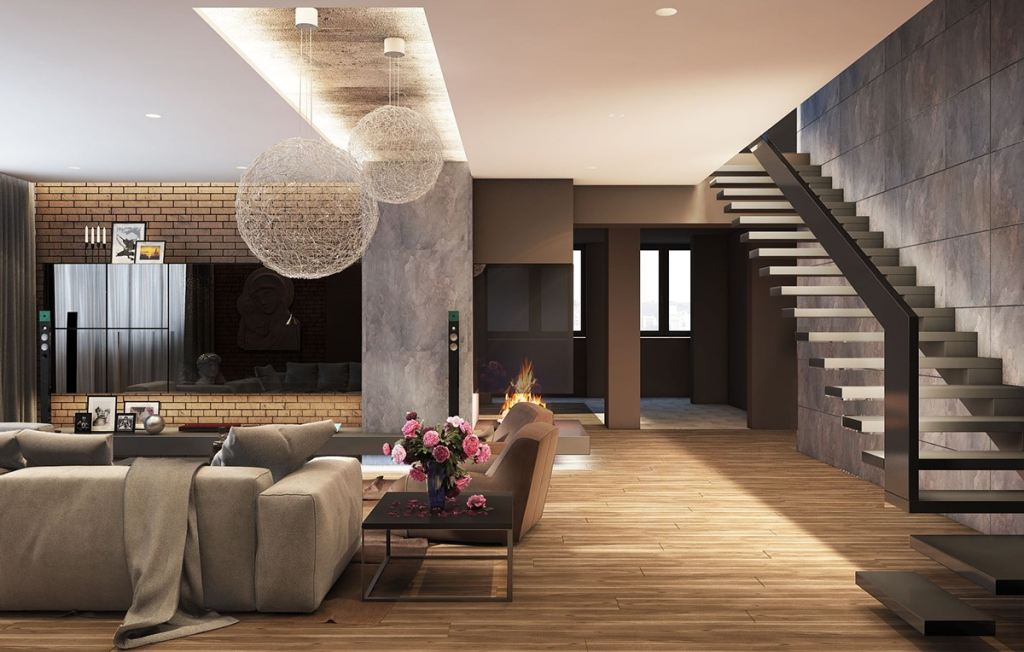Daylight vs Soft White- Which is Best for the Living Room?
The living room is a multipurpose space inside the house that works more than just receiving guests and watching television. Thus, making lighting an important factor to consider. Deciding on the type of lighting fixture to use is one thing choosing the temperature and intensity is another. Daylight and soft white are the common temperatures for the living room. But, which one would suit it best? Daylight bulbs are bluish-white lights that clearly illuminate a space. Meanwhile, soft white lights are warm and welcoming. While most people prefer soft white lights, daylight bulbs manage to illuminate the entirety of the living space. If you have no idea what to choose, it would serve you best to explore both in order to know what would serve your living room best.
Daylight Bulb


Daylight bulbs can be easily identified by their white-bluish color. When placed next to warmer ones, you can easily tell its intensity and functionality in a room. They are often used in closets, garages, storage rooms, and even workrooms. Any place that suggests direct and completely spread the lighting to improve the functionality of the space. The daylight bulb is often used by artists or painters considering how it allows them to create art using colors with accuracy. It has been scientifically proven that high-color temperature bulbs improve the sense of focus and productivity of the users.
Benefits of Daylight Bulbs


Using daylight bulbs comes with a variety of perks. This is one of the reasons why it is a friendly way of illuminating the household. We have come up with a list of benefits that you may find helpful for your decision of getting one.
- They are in energy-efficient composition. Compared to regular incandescent bulbs, daylight bulbs last up to 10,000 hours making them an environmentally-friendly alternative.
- They are perfect for decorating your living room considering how they come in a variety of shapes and sizes. If you want to work with your existing lighting fixtures, it would suffice because of their compatibility.
- Daylight bulbs are ideal for task lighting. It provides visual clarity making it a perfect bulb for spaces that houses tasks requiring scrutiny.
- They help in improving the mood and productivity of the user of the space. Because of the color of daylight bulbs, they tend to improve one’s performance in making their tasks done.
How Do They Work in a Living Room?


Daylight bulbs induce an energetic environment. Since it is often used in task-inclined areas, is it suggested to be used in the living room? They actually work in whatever space you use them for. Apparently, you just have to deal with a little cool atmosphere because of the blue light in them. Some may not suggest it be used in the living room but it depends on how the space is used.
If you prefer to have a room just for lounging and relaxing, daylight bulbs may not do the trick. This type of lighting is often suggested for those who use the living room as more than just a resting space. It encourages productivity and a good mood. To make it work in a living room, we highly recommend using dark elements. Whether it be for the walls, floors, or even furniture, the bluish-white color of the light will neutralize the cool tones. It provides a sense of balance to the color and vibe of the room.
Soft White Light


Soft white light bulbs are known for their warm and yellow color dominating the space. On average, its temperature is between 2700K and 3000K. They are often used to the areas at home where the users can feel comfortable and cozy. This type of light comes warm and welcoming which makes it ideal for the bedroom, living room, dining room, and even the bathroom. It builds a calm and inviting atmosphere that makes the pace slow down. Apparently, it does not dwell great in rooms requiring direct lighting. Soft lighting is more relaxing for the eyes. It makes it an ideal color if you prefer to reduce imperfections and soften the complexion of a person.
Benefits of Soft White Light Bulbs


Using soft white light comes with a variety of advantages that may come in handy in the long run. This is one of the reasons why it is the type of light that is often used by the household. We have rounded up the list of all the benefits that you may find helpful in making a decision if you wanted to get one.
- Soft white light helps in building a relaxing environment for the family to relax in. It has been scientifically proven to improve mood and alleviate acquired stressors.
- They create more light than heat. Soft white light is a sustainable choice considering how it lasts longer than regular light.
- This type of light does not induce eye strain. Considering how subtle and warm the color is, they work better for the eyes. It is not as striking as bluish-white lights. This is important because the lighting is one of the few reasons why some have acquired poor eyesight.
How Do They Work in a Living Room?


The design of the living room is a reflection of the personality of the users whether it be a family or a group of roommates. More than the decorations, the lighting design will make every element look better. Soft white light does a better job at that. They make the surroundings more subtle and cinematic. It gives away a saturated look that you will love for the living room if the household is fond of relaxing and feeling comfortable within the vicinity of their own house. Most people prefer having soft white light because of the vibe it brings to the space. The intensity of the light is never strong and it improves the visual imagery of the living room.
Daylight vs Soft White Light


Color temperatures of light matter the most in choosing which one would suit the living room best. It sets differences in how elements within a space are perceived by the viewer or user of the space. Knowing the difference between daylight and the soft white light will allow the application of light unique and highly functional. Before choosing between the two, one must know how to. We have narrowed down the considerations to look into according to the living room’s function, mood, size, and color. Evaluate each consideration and decide which one serves the living room best.
Function
Just like in designing any space inside the house, knowing the activities will help in choosing the right light for the living room. Choosing one color temperature would suggest compromising the other. Thus, we highly suggest planning out where to put the daylight and soft white light. Mixing color temperatures will allow the different zones of the living room to know which ones will induce productivity and which ones will be designed for relaxation and comfort. Knowing how these colors will improve the functionality of the space is important to help in the planning of the lighting design of the living room.
Mood
What is the mood you are rooting for in a living room? Knowing the mood will help you establish which type of light to go. If you prefer a productive environment for the living room for activities such as reading, writing, or even working, we highly suggest opting for daylight. Meanwhile, if you are rooting for a slow and calming atmosphere soft white light would serve the living room space best. The lighting’s color is important in building the functionality and mood of the space. Besides, it can be tough considering how we want to maximize the function of space.
Size
Regardless of whether a living room is big or small, lighting has the ability to induce an illusion that visually tricks the mind to make it look bigger or smaller. The color of the lights has the power to either illuminate the sharp corners or free the surfaces from blemishes. Light has the ability to unify the living room space. It makes it more collaborative to house different activities. For those with small spaces, we highly recommend dominating the space with daylight. Meanwhile, for large spaces, soft white light would work well in blurring the blemishes of the walls and floors.
Which is Light Works Best for the Living Room?


Between the two types of light, which one would improve the living room’s fundamental function? Soft white light is the best way to go. We want to maintain the warm and welcoming ambiance of the living room. One way of doing so is by using slightly warm-colored light to illuminate the space. It helps in concealing the blemishes and highlighting their peak points. We want to ensure that the living room remains to be the space designated for receiving guests and allowing the household to have a safe space for them to lounge and relax during their free time or even during the times when there is a need to.
